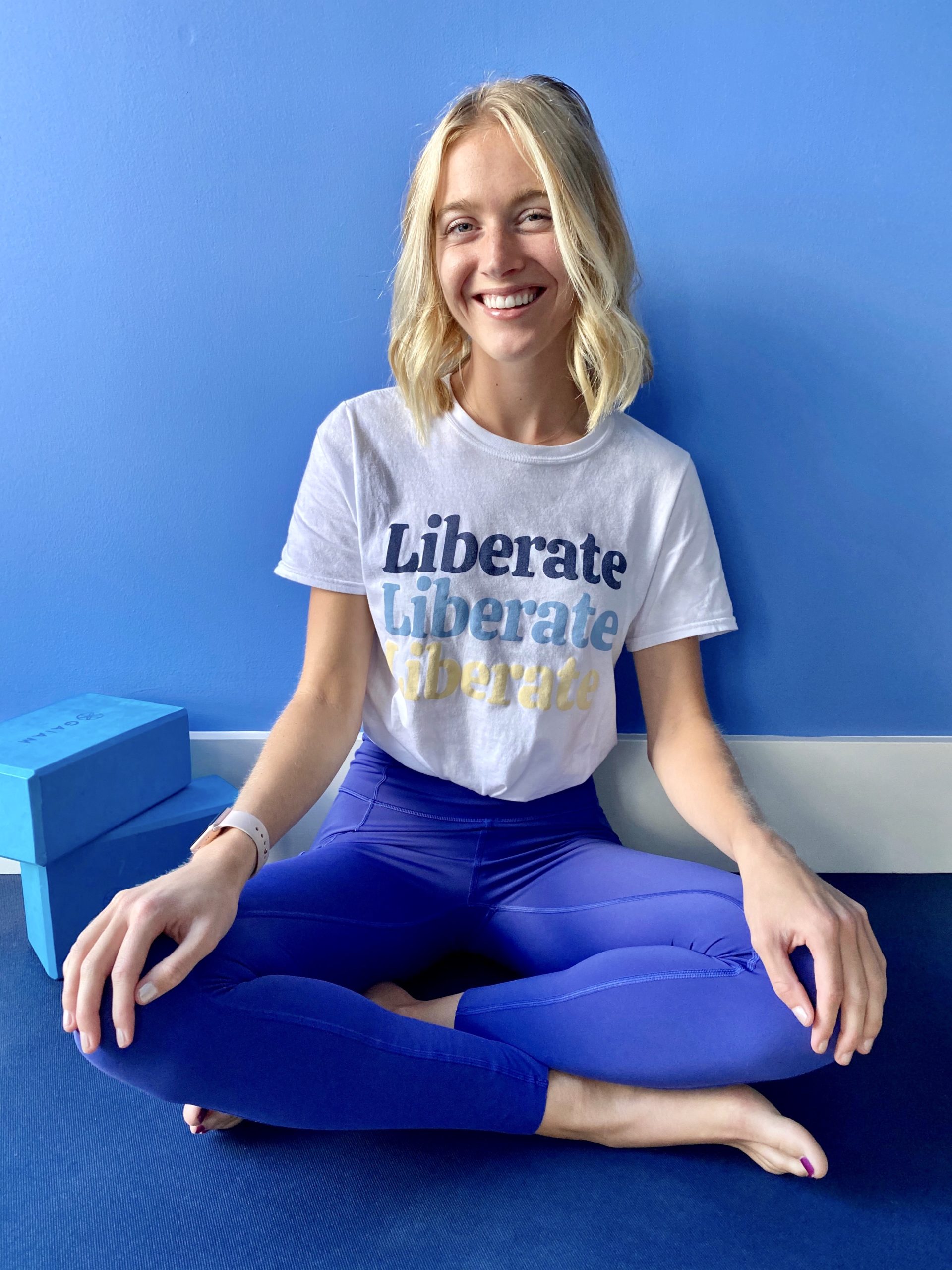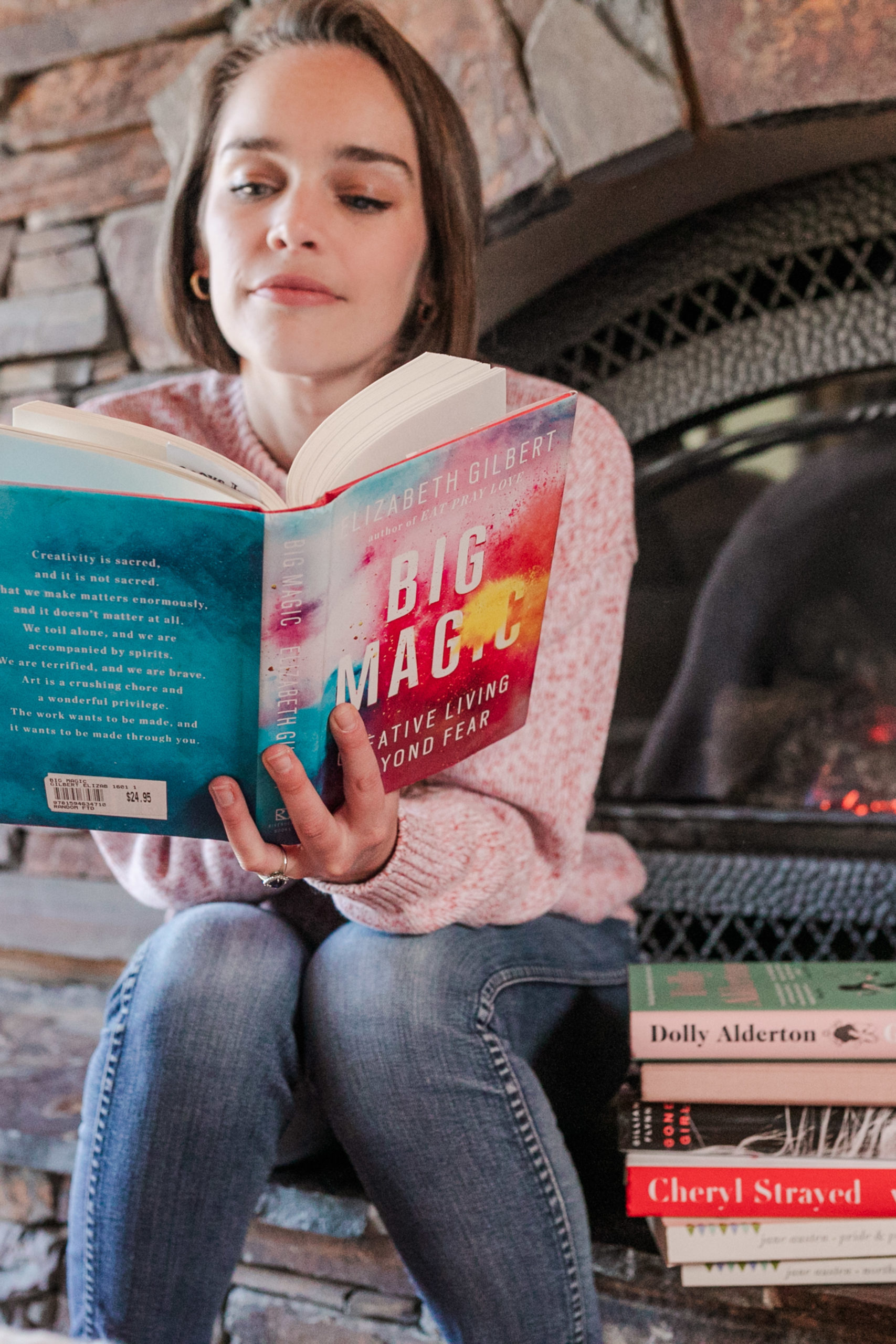Have you ever Googled ‘mindfulness’ in the hopes of getting some clarity and peace of mind?
I have, and more so with a pandemic ravaging across the planet. What with the daily grind and endless chores around the house, my mornings start with me stressing about the stress that will inevitably follow throughout the day! Who can blame me for craving a getaway from the insane rush of thoughts and emotions in my head?
If you are a 30 something like me, who wants to regulate your emotions and reduce stress, you’ll likely have scoured the internet searching for meditation and mindfulness practices to sort out these issues and have found an overwhelming amount of content online.
There’s nothing we can do to fully wipe out stress from our lives, but I’ve learned that there are certain techniques centered around mindfulness that we can incorporate into our lives for experiencing harmony and peace of mind.
Mindfulness is about being aware. Being aware of your state of being and allowing everything that you cannot control to just ‘be.’
So, how do we cultivate mindfulness? Here are three ways to get started…
Mindful Breathing
Okay, so it’s not like we must be taught to breathe, right? It seems easy enough!
But do you pay attention to the breath that you inhale and exhale? If not, read on…
Mindful breathing is easily done: simply focus on your breath.
- Inhale slowly, shift all attention to your breath and feel the sensations as the air flows in and out.
- Make sure you choose a quiet place where you can sit/recline comfortably. Notice how your body feels as you sink into the sensations and slowly shift your awareness to every part of your body which seems tense or rigid.
Voila, you’re done with your first lesson!
Try this exercise once daily for 10 to 15 minutes and find out how mere minutes of consciousness can refresh your body and mind, as you will yourself to be more aware and breathe with intent.
Mindful Eating
I’ve often been glad that the refrigerator is not a living person. Had it been remotely able to see and think for itself, I’d be mortified at the number of times it has witnessed me scrabbling for leftover cookie dough and snacks!
It’s no surprise that people experience considerable alteration to their eating patterns because of stress and anxiety. With the seclusion and uncertainties caused by the pandemic, I find myself unable to curb binge eating. That is, until I found out about mindful eating.
Honestly, I employed the simplest ways to get started, so that I wouldn’t have an excuse to deter from my goals, and here’s what has really worked wonders for me:
- Sitting down at the table, phone and television switched off
- Chewing my food slowly, and thoroughly
- Focusing on every morsel and relishing the flavors
Having experienced wonderful changes by making minor adjustments, I urge you to try this for yourself. And don’t forget that consistency is key here, so each time you find yourself wandering over to the couch with a bowl of snacks, pause, and move towards the dining table. Sit down in peace and quiet, concentrate on the dish in front of you and immerse yourself in the experience.
You’ll soon realize that when your mind is aware and alert while eating, you do not overindulge, nor do you get cravings post-mealtime.
Mindful Relaxation
The global outbreak has gotten us tuning into the news frequently and with every headline or breaking story, I feel my anxiety building up. And you know how stress is, it affects your ability to fully kick back and appreciate the moment.
Okay, so they don’t call it the art of mindful relaxation for nothing! Getting started with mindful relaxation calls for a considerable amount of intent and practice.
- Choose a quiet spot and sit or recline in a chair.
- Focus on your breath, or a word, or even a prayer as you try to create a positive state of mind.
- Practice daily, beginning with 5 minutes and gradually increasing it up to 20 minutes.
While we are on the subject, I really want to point out that the entire exercise is not easy, not for everyone. Imagine the plethora of thoughts running through your head in mere seconds while you’re trying to clear your mind.
Now, the trick is to just let them be. Let the worrisome, negative thoughts barge in, just ensure that you don’t entertain them! Do not attach to any idea, let them float like dandelions in the air!
With time and practice, you’ll see how easily you can slip into a meditative state, and how your overall wellness quotient has increased with every day of practice.
So, there you go—being mindful is not about outrunning your anxiety, it’s about being present in the moment and allowing yourself to feel the emotions and sensations coursing through. It is about your intent to be aware of what you can control, and letting go of all that you can’t.
How do you unwind and stay grounded in the face of stress? Do let me know!
 Why I’m Seeing a Therapist Even Though I’m in a Good Place
Why I’m Seeing a Therapist Even Though I’m in a Good Place Everything You Need to Know About Essential Oils
Everything You Need to Know About Essential Oils Welcome to Advice from a 30 Something!
Welcome to Advice from a 30 Something! 5 Smart Money Habits To (Finally) Nail This Decade
5 Smart Money Habits To (Finally) Nail This Decade The 5 Best Podcasts for 30 Somethings
The 5 Best Podcasts for 30 Somethings Our First Home: The Before Photos & Renovation Plan
Our First Home: The Before Photos & Renovation Plan An Indie Dinner Party Playlist
An Indie Dinner Party Playlist 3 Tips for Low Maintenance Hair Color
3 Tips for Low Maintenance Hair Color How to Take Better Care of Your Clothes
How to Take Better Care of Your Clothes 4 Quick Tips for Making An Outfit More Flattering
4 Quick Tips for Making An Outfit More Flattering Screw Timelines: Why We Bought a House Before Getting Engaged
Screw Timelines: Why We Bought a House Before Getting Engaged Why I Waited Until My 30s To Get Married
Why I Waited Until My 30s To Get Married 10 Things You Didn’t Want to Know About Birth (But Kinda Need To!)
10 Things You Didn’t Want to Know About Birth (But Kinda Need To!)






